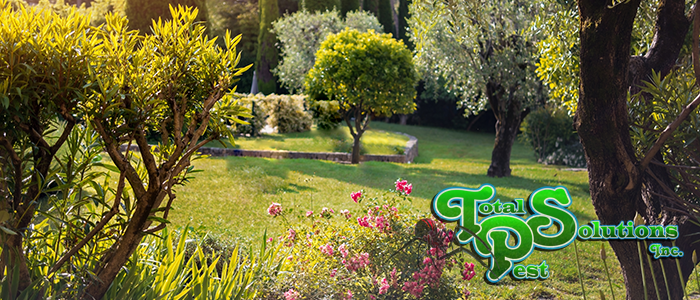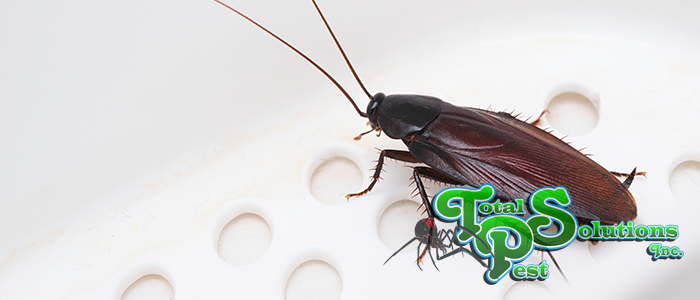
Purchasing a riding lawnmower can be an exciting moment for many homeowners, and for good reason. Maintaining a clean, healthy lawn starts with care and maintenance. A new lawnmower is bound to make the job that much easier and much more fun. Yet, not all riding lawnmowers are created equally. Plan ahead to ensure you buy the right machine for you, avoid overspending, and get something that suits your needs.
Luckily this task can be made much easier by keeping in mind three simple categories:
- Property
- Properties
- Perks
Property – Size is Everything
Your first consideration when buying a lawnmower needs to be the size of your property. Mower blades typically range from 30 inches up to 60 inches or more, and the length of your blade should reflect the size of your property. Generally speaking, homes up to a full acre should keep their blades under or at 42 inches, while a two-acre home should look for a mower with a 50-inch blade. Naturally, the larger your property, the larger the blade – But there are other considerations.
For example, a property with numerous trees, bushes, or garden installations may opt for a smaller and easily maneuvered blade. Larger blades can be harder to turn and are certainly more expensive – But they are necessary on larger properties to ensure your lawnmower enjoys a long life of service. A good rule of thumb is to start at 42 inches and add two inches for every two acres. When in doubt, run your acreage by your dealer – This is the most important decision regarding your new mower.
Properties – The Right Tool
Riding mowers have a wide variety of features. While considerations like what to do with your clippings should eventually factor, these things aren’t as important as the turning style and transmission of your mower. You will often see two kinds of steering turning mechanisms: Steering wheels and lap bars, reflecting tractor mowers, and zero-turn mowers, respectively. These both have advantages and disadvantages depending on your property.
Tractor Mower
For smaller properties and lawns with uneven terrain, seek a tractor mower with a standard steering wheel. You will often see them divided into two other categories. If you’re just cutting the grass, look for a lawn tractor. If you have additional needs such as snow removal or hauling, have a larger property, or more intense demands, consider a garden tractor. These tend to carry more powerful engines and access to more surface-level attachments.
Zero-Turn Mower
For properties with more acreage or more obstacles, seek out a zero-turn mower. They are controlled by lap bars or levers. This may involve a bit of a learning curve, but with slow, measured movements, they are as easy to pick up as the standard steering wheel. These mowers also tend to have a faster top speed and are capable of far more controlled movements, enabling you to trim close to flower beds and trees without worry.
The most straightforward and most versatile choice may be the riding tractor for most lawns. However, if your property is dotted with obstacles, you might have to fight the transmission to navigate tighter spaces. However, there are a couple of exceptions and additional considerations to keep in mind so you can purchase with confidence.
Perks – It’s the Little Things
While a yard with many obstacles will typically call for a zero-turn mower, homeowners with special requirements such as sowing can do the job just fine with a tractor. That is, providing that tractor has a hydrostatic or automatic transmission. Consider whether you want your clippings to be discharged from the side, bagged, or mulched. Grass that is tall and wiry does just fine with side-discharge, while yards that produce thick clippings will require bagging or extensive raking.
Beyond this, consider storage and size. A lawnmower won’t do you much good if you can’t get it through the gate. After these things, you can start to think about whether your property will require long sessions (invest in a mower with a seat that has a tall backrest), whether you want a cup holder and rubber foot pads or lumbar support. A slightly more expensive mower may make financial sense over a cheaper model with concessions with everything considered.
continue reading
Related Posts
The Importance of Scheduling Regular Lawn Care Services for a […]
The Ultimate Guide to Spotting and Eliminating Flea Infestations in […]
The Menace of Cockroach Infestations in Lake Alfred Homes Cockroach […]






